Los pueblos originarios americanos tienen una larga historia de explotación y represión que trascendió incluso la etapa de conquista europea. Por ello, utilizar la terminología correcta para nombrar y hablar de estos pueblos es un menester, más que técnico, político. ¿Cuál es la forma correcta de hacerlo?
Desde México, pasando por el Caribe, el sur de Centroamérica, la Amazonía y la región andina, son 522 los pueblos originarios que se encuentran en territorio latinoamericano. Solo en Brasil hay más de 200, que suman unas 700.000 personas, mientras que México es el país que más habitantes originarios tiene: más de 9 millones y medio.
Entre México, Bolivia, Guatemala, Perú y Colombia se reúne al 87% de la población originaria de América Latina y el Caribe, mientras que el resto (13%) se reparte en otros 20 Estados, según datos de Unicef de 2018. En total, se calcula que un 10% de la población de América Latina es indígena.
Sin embargo, a la hora de referirse a los pueblos originarios, es habitual que, en lo cotidiano, las personas, los medios de comunicación, e incluso los académicos, no haya un criterio uniforme o, por lo menos, certero de qué denominaciones utilizar para mencionarlos. Términos como ‘aborigen’, ‘indígena’, ‘indio’ y ‘precolombino’ circulan en internet y en el habla cotidiana como si se tratase de sinónimos, aunque no lo sean. Por ello, estudiosos de América Latina e instituciones gubernamentales de la cultura latinoamericana han hecho hincapié en este asunto.
«El referirse a los pueblos originarios de una forma equívoca, o bien, derechamente no nombrarlos, ha sido una manera de negar su cultura e identidad», resalta el documento «Recomendaciones para nombrar y escribir sobre pueblos indígenas y sus lenguas», del Ministerio de Cultura de Chile, país que junto a Argentina reúne a más del 70% de la población Mapuche, y que tiene también una fuerte presencia de pueblos Quechua.
¿Hay una forma correcta de nombrar a los pueblos nativos?
Uno de los errores más comunes cuando se hace referencia a poblaciones originarias es el uso del término ‘aborigen’. Para muchos, la diferencia entre esta palabra e ‘indígena’ no está clara. Según la Agencia de la ONU para refugiados (ACNUR): «Un aborigen es una persona que ha sido la primitiva moradora de un determinado territorio, es decir, se diferencia de otras personas que llegaron después a la región para vivir allí». Aunque el término no es precisamente incorrecto, es de un carácter más bien genérico, aunque suele atribuírsele a los pueblos originarios australianos.
Por ello, para referirse específicamente a aquellos aborígenes que pertenecen al territorio americano, en 1989 la Organización Internacional del Trabajo (OIT) aceptó el término «indígena», procurando desligarlo de su origen, que fue la confusión geográfica de las Américas con la India al inicio de la conquista (1492), se explica desde el Ministerio de Cultura argentino, otro país en el que habitan comunidades originarias como las anteriormente mencionadas. El término ‘indio’, por otro lado, es puramente incorrecto, ya que se trata del gentilicio de la India.
¿Cómo se relaciona el lenguaje con la política?
Uno de los elementos que ambos ministerios enfatizan es la necesidad de entender la terminología utilizada para nombrar a los pueblos indígenas de América Latina como una acción política. Aunque los términos anteriores son, en su forma original, producto del periodo colonial, es preciso resignificarlos, dice en la misma línea la periodista indígena Zulema Enríquez.
«El lenguaje es disputa de poder. En ese sentido, los términos son hechos políticos. Para los pueblos originarios es importante avanzar sobre el significado de cada palabra y cada concepto. A mí no me molesta que me llamen india, indígena u originaria, porque el sentido que se pone en juego es que el otro pueda repensar el significado del indígena, del indio, del pueblo originario como sujetos políticos, activos, sociales, del presente y no como objetos de estudio del pasado», sostiene.
En este sentido, más allá de las definiciones correctas, «es importante respetar la autodenominación, es decir, las formas en que los distintos pueblos prefieren ser llamados», señala el ministerio chileno. Entre sus recomendaciones, destaca evitar los verbos que dejen a la persona o pueblo indígena como «sujeto de pertenencia» en una frase: por ejemplo, en lugar de llamarlos «nuestros pueblos originarios» sería mejor formular «los pueblos originarios»; o evitar decir «pueblos indígenas de Chile» y sustituirlo por «pueblos indígenas en Chile».
Fuente: https://mundo.sputniknews.com/america-latina/202101081094059809-indigenas-aborigenes-indios-pueblos-originarios-cual-es-la-diferencia/
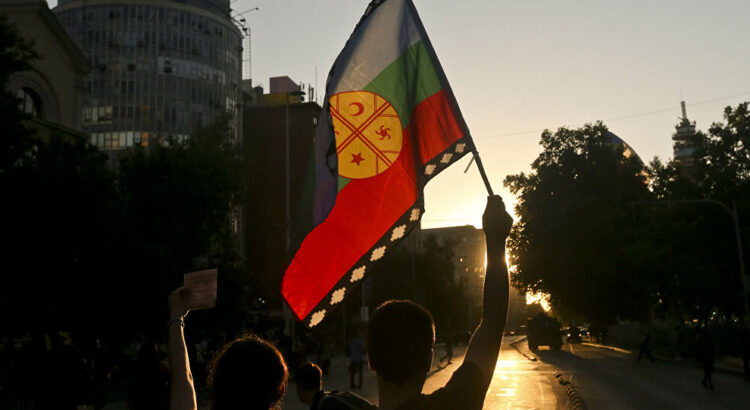



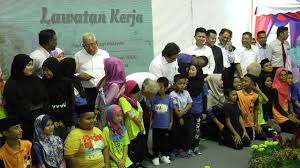
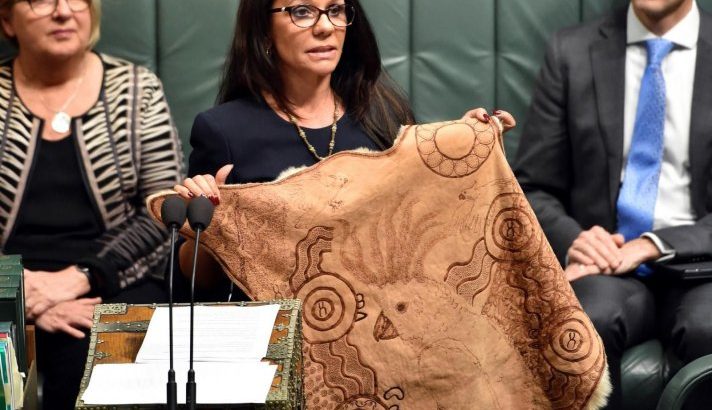
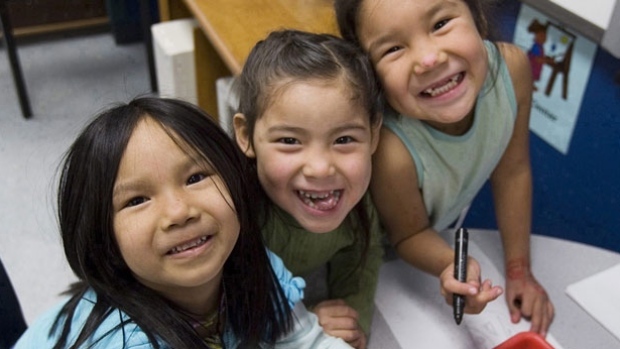
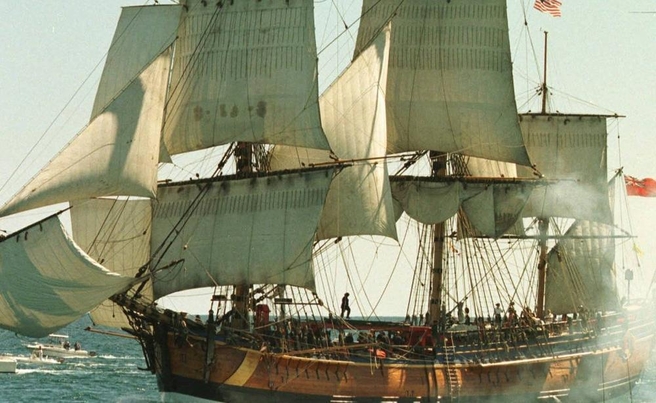






 Users Today : 86
Users Today : 86 Total Users : 35460103
Total Users : 35460103 Views Today : 107
Views Today : 107 Total views : 3418738
Total views : 3418738